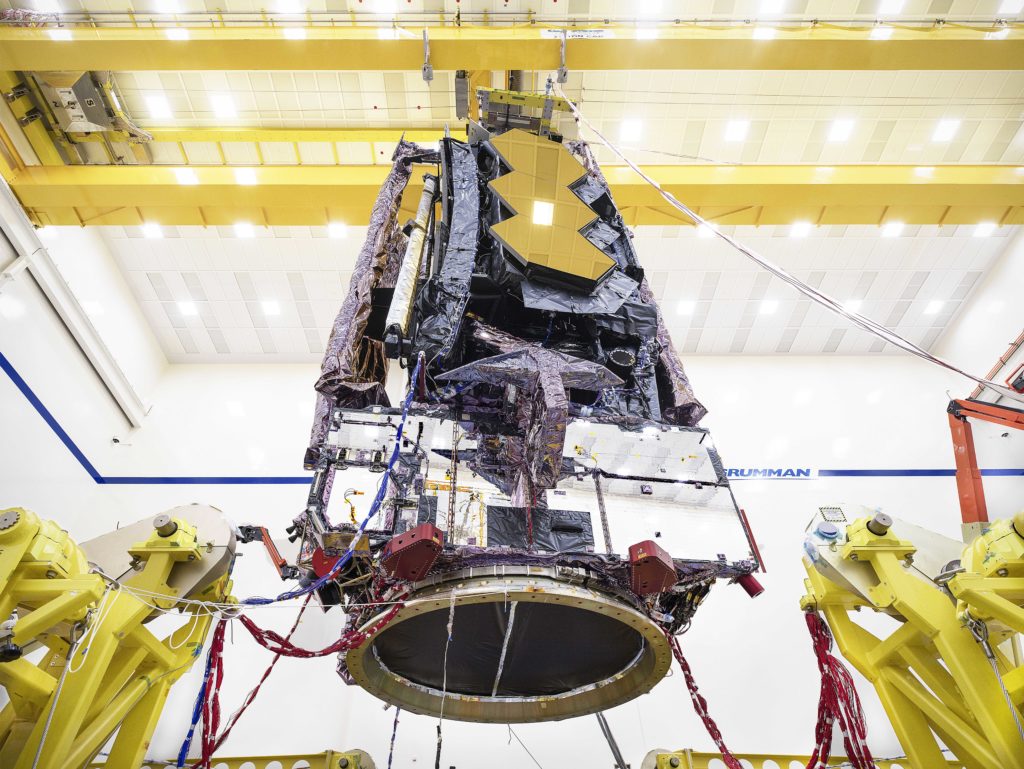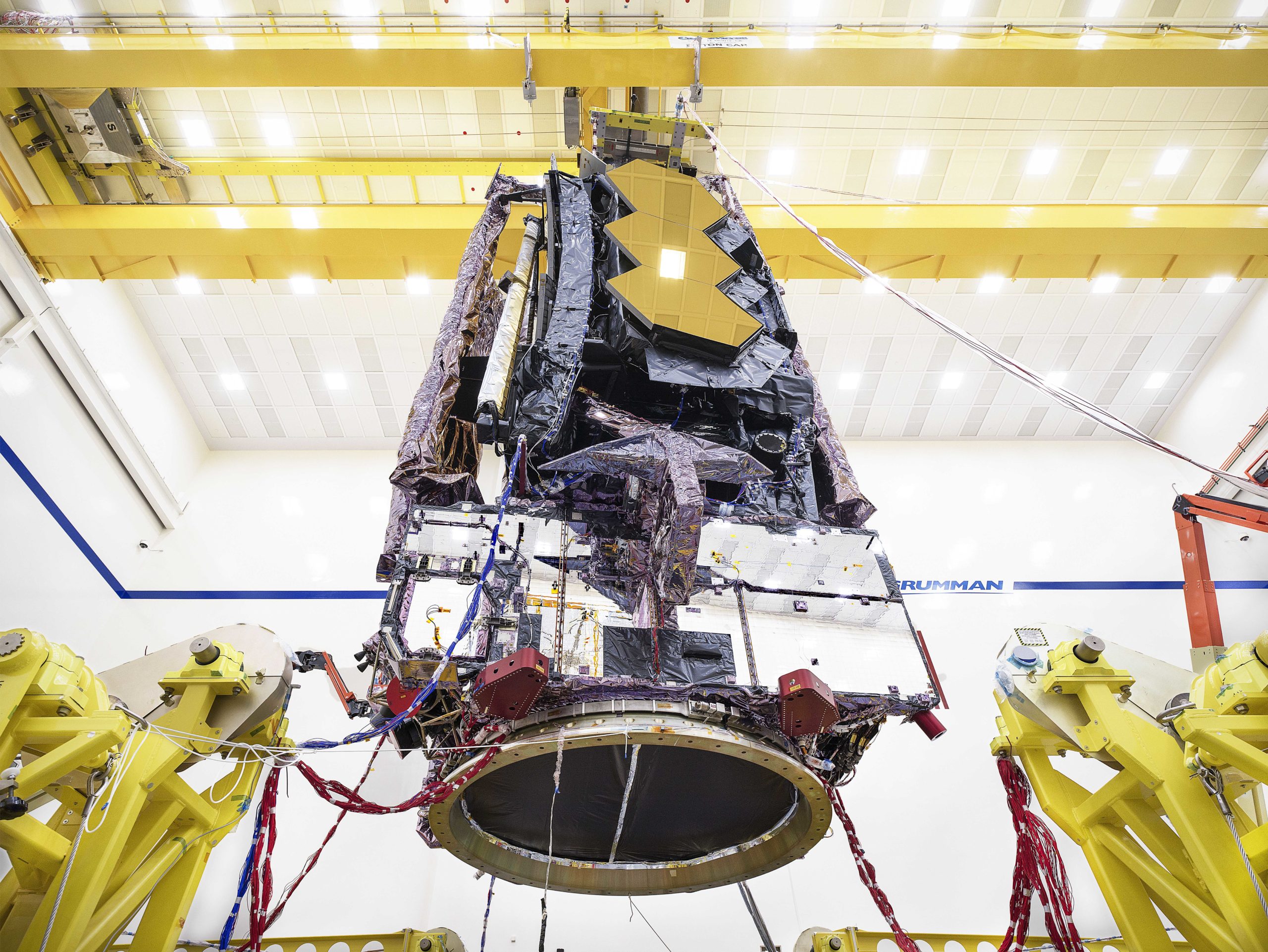The James Webb Telescope, originally introduced in 1996, will finally be launched in October of 2021.
Imagine seeing supernovas, galaxies, stars, and much more, sharper than ever before. The James Webb Space Telescope (JWST), the result of a collaboration between the National Aeronautics and Space Administration (NASA), the European Space Agency (ESA), and the Canadian Space Agency (CSA), is planned to launch on October 31, 2021 from an ESA spaceport in French Guiana. The launch vehicle, Ariane 5, will be provided by the ESA. Once launched, it will take the telescope about 30 days to reach its specified point. The telescope will allow humankind to see things in space that we’ve never seen before, through examination of space through a wide range of infrared wavelengths (telescopes today, like the Hubble, look to space mostly in the visible/ultraviolet wavelengths), and will be an important successor to the Hubble.
The telescope was originally introduced in 1996 as the Next Generation Space Telescope, but was later renamed to honor the former NASA leader, James E. Webb. Over the course of development, the telescope has experienced many setbacks (lack of funding, development issues, etc.) causing it’s launch date to be postponed decades after the introduction date. However, while it has been a long time since introduction, it will still be at the forefront of scientific exploration in space.
The overarching goal of the mission is to explore the history of the universe from the origin of galaxies to the birth and formation of the earliest stars. JWST will orbit the L2 Lagrange point (about 1.5 million kilometers from earth), keeping the telescope in the same relative position as the earth. There are five LaGrange points where, at each one, the gravity of the earth and the sun balance the orbital motion of a satellite so that only a minimal amount of energy is needed to keep it on its course. This position will be such that the telescope will not orbit earth, but rather have its own orbit around the sun while always maintaining unison with the Earth’s orbital position. Once it reaches L2, it is estimated to last five to ten years, as unlike the Hubble, it can not be serviced and maintained. The Hubble maintains a low-earth orbit allowing tangible access to it, but the Webb telescope will be one million miles away, thus eliminating all prospects of fixing any physical issues that may occur.

One of the highlights and main distinctions between the Webb and the Hubble is that the Webb will primarily focus on imaging in infrared (wavelength 0.6 to 28 microns; ~0.56-0.7 microns in the visible spectrum), while the Hubble telescope mainly focuses on imaging visible and ultraviolet light. By imaging primarily in infrared, the telescope will be more sensitive to finding stars and planets that may be hidden behind visible-light-absorbing dust that otherwise would be hidden from visible light cameras. In addition, the primary mirror of the Webb is 6.5 meters in diameter while the mirror on the Hubble is 2.4 meters. The larger mirror on the Webb allows for more light information to be obtained at a time, thus increasing its efficiency.
On the telescope itself are four main scientific instruments housed in the Integrated Science Instrument Module (ISIM). Firstly, the NIRSpec (Near-Infrared Spectrograph) will allow the telescope to collect spectrographs (a tool to map radiation) from 0.6 microns to 5 microns. Second, the MIRI (Mid-Infrared Instrument) collects the same type of data as the NIRSpec as well as imaging capabilities, just at a wider range of wavelengths (5 microns to 28.3 microns). Third, the NIRCam (Near-Infrared Camera) is a camera that will image 0.6 microns to 5 microns. Finally, the FGS/NIRISS (Fine Guidance System/Near-InfraRed Imager and Slitless Spectrograph) is an slitless spectroscopy imager of 1 micron to 2.5 microns. This part of the telescope is optimized for exoplanet spectroscopy, or detection of exoplanets (planets which cannot generally be seen through traditional, visible light imaging).

With all of the new technology aboard, the James Webb Space Telescope will push forward our understanding of the universe as well as allow us to see planets and stars that have been hidden from mankind thus far.
– Darius Sinha
Image sources

